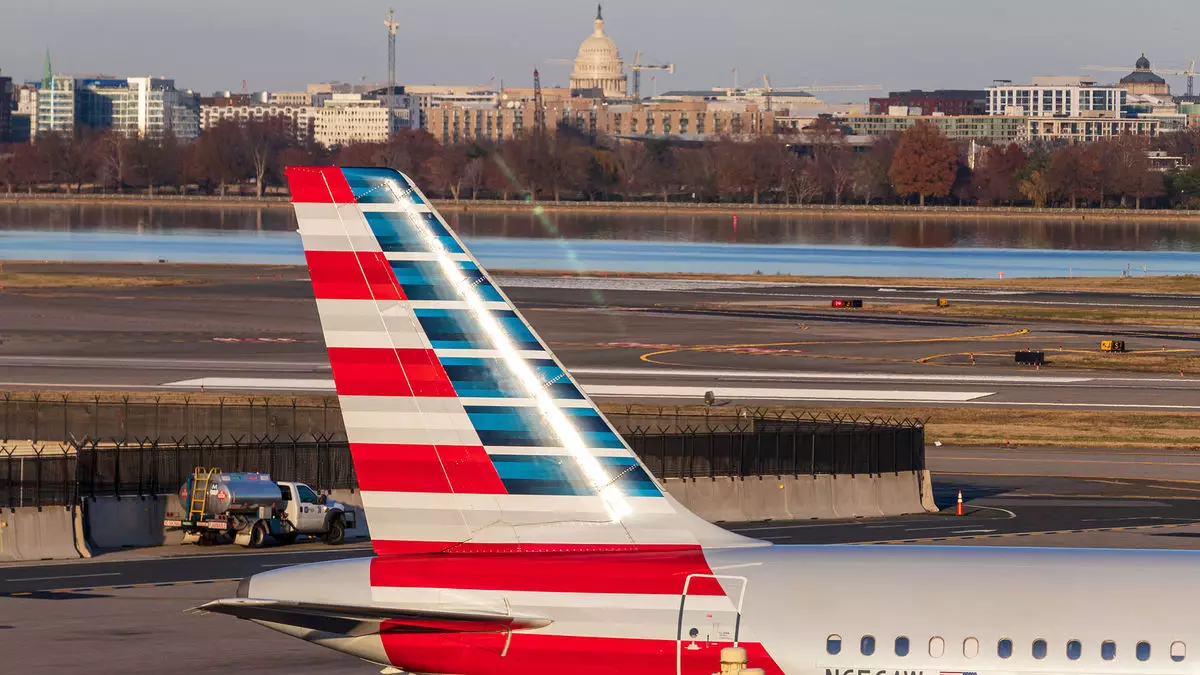American Airlines has found itself at a critical crossroads, marked by decisions that significantly influenced its corporate business relations over the past few years. As the airline sought to adapt to the evolving landscape of travel bookings and industry demands, it prioritized direct and New Distribution Capability (NDC) bookings. However, these efforts inadvertently sidelined traditional travel agencies and corporate clients, resulting in a notable loss of indirect bookings. This shift in strategy, while initially promising, proved problematic, leading American to abandon these initiatives in May 2024.
The acknowledgment of such missteps reflects a broader lesson in business strategy: the importance of maintaining robust relationships with all stakeholders. American Airlines experienced a stark decline in its share of indirect U.S. bookings, dropping to an astounding 11% below the historical norm by the second quarter of 2024. Given that indirect channels accounted for a staggering $14 billion in revenue in 2023, the ramifications of this strategic error are palpable.
During American’s Q3 earnings call, the airline’s CEO, Robert Isom, outlined a resurgence in corporate bookings, indicating a modest recovery from the previous downturn. The decrease in the deficit of indirect bookings to just 10% showcased the initial positive impacts of their corrective actions. As the company methodically reinstated fare content in Global Distribution Systems (GDSs) and increased their sales personnel, signs of recovery became increasingly evident. By September, the deficit had further narrowed to 7%, suggesting a revitalization of relationships with travel agencies and corporate clients.
Isom’s statements emphasize a forward-looking approach, with an ambitious target to recover fully from the corporate revenue losses by the end of 2025. This commitment illustrates a strategic pivot towards enhancing collaborative relationships rather than alienating critical partners, reflecting a more sustainable vision for the airline’s future.
The outreach efforts spearheaded by American’s chief strategy officer, Steve Johnson, reveal the complexities of mending ties once severed. Johnson noted that the initial reactions from travel agencies were fraught with frustration and disappointment, as American’s previous decisions had left many feeling neglected. However, a gradual reconciliation process appears to be underway, with travel agencies expressing a desire for competition in the corporate travel domain, indicating that American’s renewed efforts to engage are having a favorable impact.
To bolster this re-engagement, American Airlines has entered into new agreements with a majority of the leading travel agencies and is actively negotiating with the remaining key players in the sector. The restoration of agreements with top corporate clients further emphasizes the airline’s commitment to rectifying past errors and rebuilding trust within the marketplace. These steps can help fortify American’s position and cultivate long-term loyalty from its partners.
In terms of financial performance, American Airlines reported a steady operating revenue of $13.6 billion for the third quarter, signaling a slight increase of 0.8% compared to the previous year. Despite this positive news, the airline also faced an operating loss last year, which it has successfully turned into a modest operating income of $89 million. This turnaround demonstrates the effectiveness of their adjusted strategies, though the overall net loss of $149 million, encompassing non-operating expenses, serves as a reminder of the ongoing challenges the airline faces.
American Airlines recognizes that the journey towards full restoration of revenue channels will necessitate sustained effort and evaluation. The strategic decisions made and the lessons learned from previous miscalculations will play a pivotal role in shaping future initiatives, emphasizing flexibility, and the adaptability required in a dynamic industry.
As American Airlines navigates the complexities of the corporate travel sector, it is clear that the company has learned significant lessons from recent decisions. By prioritizing relationships over sheer volume and re-engaging with critical partners, the airline stands a better chance of reversing previous losses and enhancing its market position. Armed with renewed agreements and a commitment to understanding client needs, American Airlines is set on a path that may very well shield it from further disruptions in the future. The commitment to both restoring and reinventing its approach to corporate travel illustrates a determined and strategic mindset, aiming not just for recovery but for long-lasting partnerships that can sustain the airline through evolving challenges ahead.

